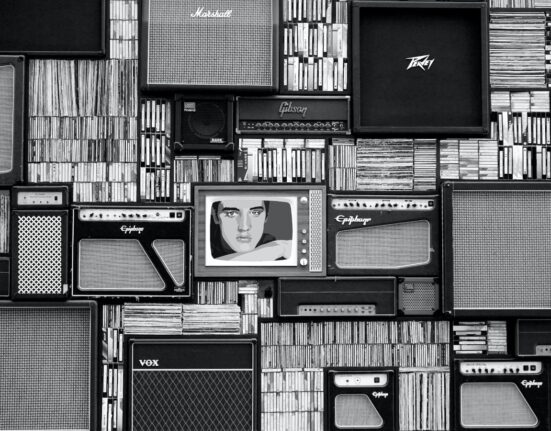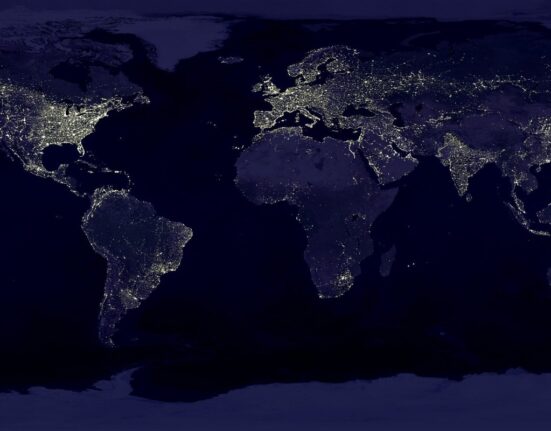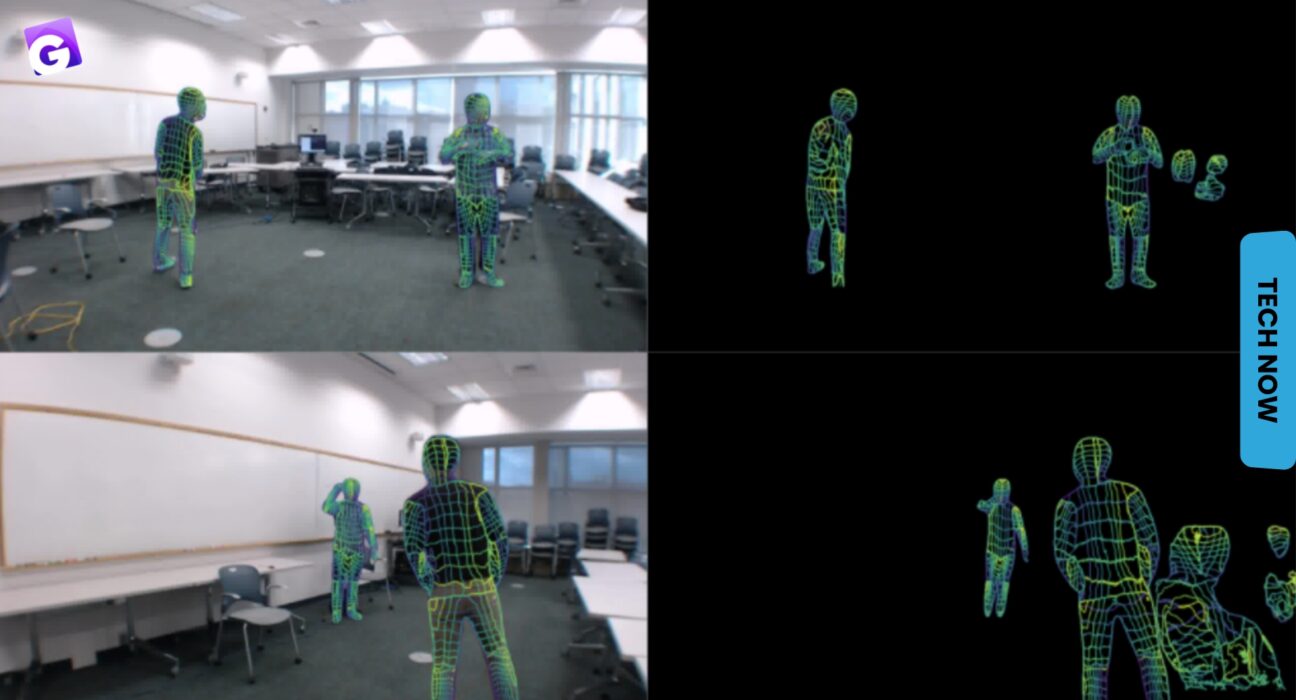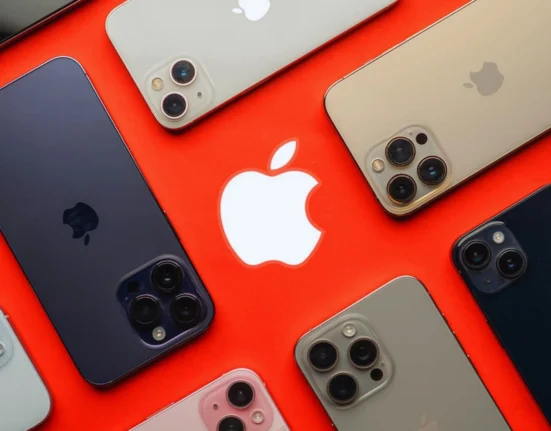Advancements in wireless technology have brought about a new breakthrough that allows people to see through walls. Scientists have discovered that by using WiFi signals, they can map out the interiors of buildings and identify the location of individuals inside. This new technology has the potential to revolutionize security and emergency response systems, making them more effective and efficient.
How will it work? How will it help?
The technology works by bouncing WiFi signals off objects and analyzing the reflections that return. This process, known as radio tomography, creates a 3D map of the surrounding environment that can be used to detect the presence of individuals. The technique is similar to that used in medical imaging, such as X-rays and CT scans, but instead of using radiation, it relies on WiFi signals.
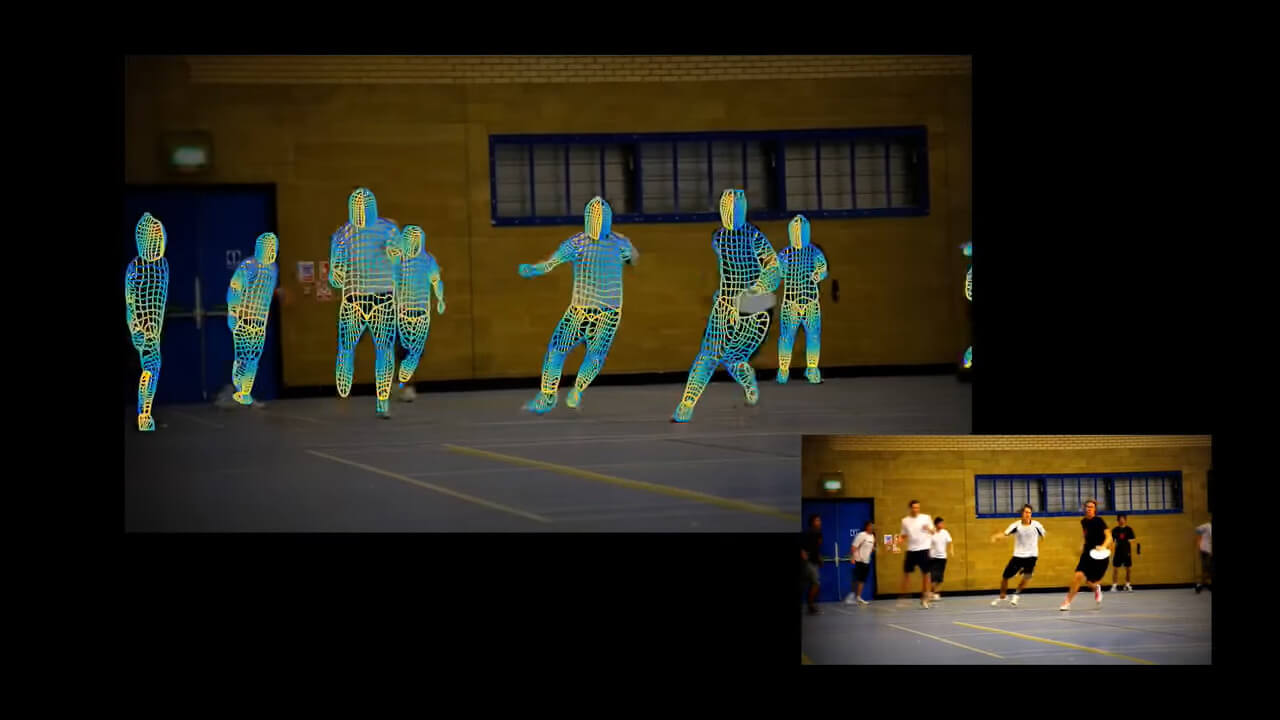
One of the potential applications of this technology is in emergency situations, such as natural disasters and building collapses. First responders can use this technology to quickly locate individuals who may be trapped or injured, enabling them to respond more effectively. Similarly, law enforcement agencies could use this technology to detect the presence of suspects inside buildings, improving their ability to safely apprehend them.
Also read: Deep Fake Technology: How It Came Into Existence & The Serious Damage It Is Causing To Human Lives
Home automation: The next level?
This technology also has potential applications in the field of home automation. By using WiFi signals, home automation systems can detect the presence of individuals in different rooms and adjust the temperature and lighting accordingly. This could lead to more efficient energy consumption and improved comfort for residents.

However, as with any new technology, there are concerns about privacy and security. Some have raised concerns about the potential for this technology to be used for the unauthorized surveillance or to violate individuals’ privacy rights. As with any new technology, it is essential to establish clear regulations and guidelines to ensure that it is used ethically and responsibly.
A team of researchers at Carnegie Mellon University in the US is working on the technology.
What do you think of the technology? Let us know in the comments section below!


